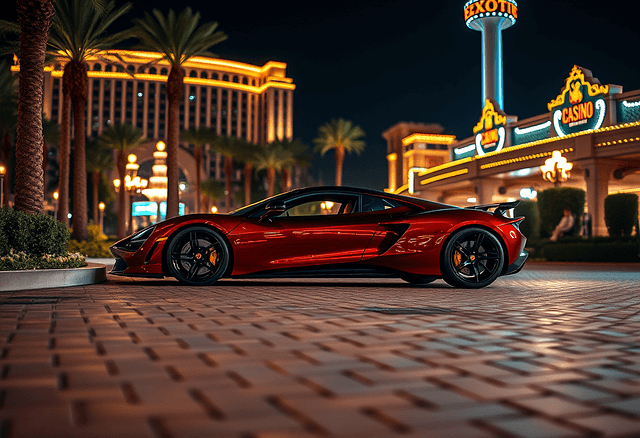Discover the images in the App to conserve up to 80% of your data. Cars & Bids While quantifying velocity and acceleration can be a matter of empirical measurement, the sensation of speed is more personal. The Bugatti Veyron was among the pioneers in delivering a rapid pace that detached the driver from the actual feeling of velocity. Electric vehicles have further blurred this line. Beyond the overwhelming G-forces, the experience is akin to riding a high-speed train. Test drive the new BMW M5 and you might find it less than thrilling; it's not. Conversely, cars like the Ferrari F40 and various TVR models offer an unfiltered rush of speed. If this raw excitement is what you seek, the TVR Tuscan Speed Six, now compliant with the US 25-year import policy, could be the perfect fit. This allows you to push your heart rate to the max on daily commutes and then calm down with an espresso. For those who crave such a sports car adventure, let's delve into one of the most formidable sports cars ever made. Launched in 1999, some early editions became eligible for import last year, and with 2025, an expanded range of Tuscan Speed Six models are now importable. Remember, the 25-year rule is based on the car's manufacture date, not the entire production run. TVR - A Storied Beginning TVR's story began in 1946 when Trevor Wilkinson established a small engineering firm, Trevcar Motors, which later evolved into TVR Engineering. The company then steadily introduced a series of TVR vehicles. Like many independent car makers, TVR faced financial struggles, takeovers, and manufacturing issues. Yet, each car maintained a lightweight chassis with a front-engine, rear-drive layout. View images in the App to save up to 80% of your data. Add CarBuzz to your Google News feed. Peter Wheeler's acquisition in 1981 saved TVR and introduced iconic models like the Griffith, Chimaera, and Cerbera—affordable sports cars that could compete with high-end Porsches and Ferraris. Though build quality and reliability were not always top-notch, TVR compensated with character and a spirited drive. Production ceased in 2006, but there have been recent efforts to revive the brand. Now, let's focus on the latest TVR model now available in the US. The TVR Tuscan Speed Six: A Lightweight Powerhouse Introduced in 1999, the Tuscan Speed Six joined the Griffith and Chimaera, powered by Rover V8 engines. It was the third TVR to bear the Tuscan name, but it featured a distinctive style and futuristic cockpit that set it apart. While other manufacturers embraced ABS and traction control, the Tuscan Speed Six relied solely on power steering to preserve the car's unadulterated essence. TVR had long used Rover's V8, but with the Tuscan, TVR unveiled a 3.6-liter straight-six engine with more power and a striking sound, even at idle. Unlike a BMW's inline-six, which offers a smooth hum, the TVR's engine howled like a trapped race engine, hinting at its untamed power. Engine 3.6-4.0-liter inline-six Power 350-400 bhp Torque 290-315 lb-ft Curb Weight 2,420 lbs (est.) 0-60mph 3.9 seconds claimed Top Speed 165-180 mph+ The original 1999 Tuscan offered 360 horsepower and weighed a mere 2,420 lbs, outperforming contemporaries like the Porsche 911 Carrera and Ferrari F355 in power-to-weight ratio. A five-speed manual transmission and rear-wheel drive were standard. The Tuscan's acceleration was remarkable, easily outpacing more expensive vehicles. However, it had its drawbacks. The lack of traction control and ABS meant it was challenging for all but the most seasoned drivers. Early models were also tough to handle, with critics suggesting the suspension needed work. With careful driving, the Tuscan provided a thrilling ride, even at moderate velocities. An In-Depth Look at the Tuscan Speed Six Though the Tuscan couldn't match the finish and refinement of a BMW M3 or Porsche 911, it excelled in performance. Shortly after production began, the Red Rose performance pack was introduced, offering improved brakes, suspension, 18-inch wheels, and a 40 bhp engine boost. The Tuscan S, with a 4.0-liter Speed Six engine producing 400 hp, followed. In 2005, the Tuscan Mk2 was launched, featuring cosmetic and mechanical updates, including a more stable front end due to a new steering rack and larger brake calipers. The result was a more controlled drive, yet still more responsive and exciting than most cars of the era. The Tuscan's Competition
Recent
See All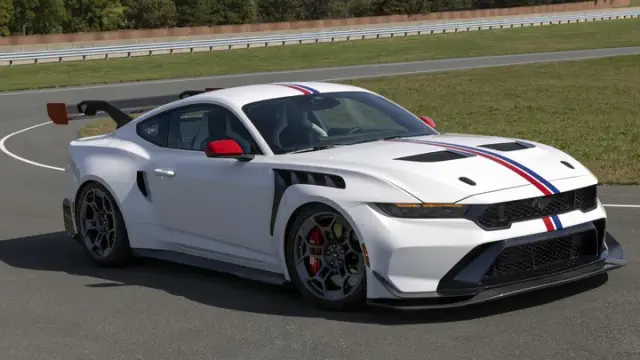
2025-04-17
Introducing the Mustang GTD 'Spirit of America': A Luxurious Experience Priced at $325,000

2025-04-17
2025 Mazda CX-70 3.3 Turbo S Premium 48t
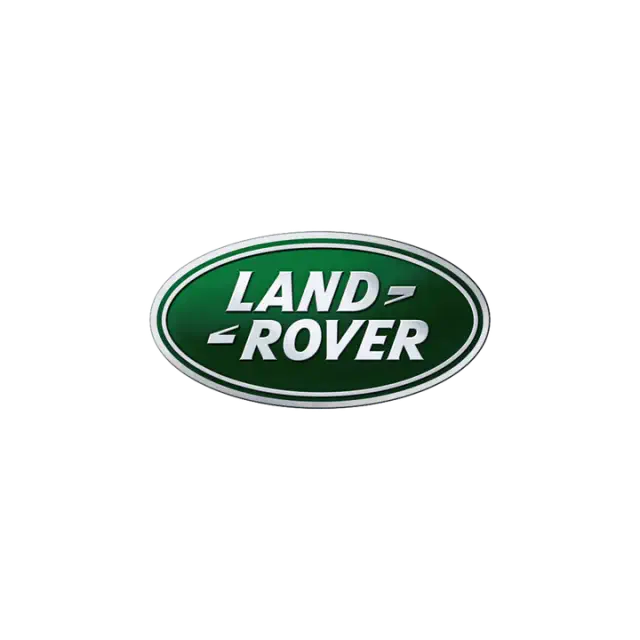
2025-04-17
Is it Safe to Add Oil to a Hot Engine?
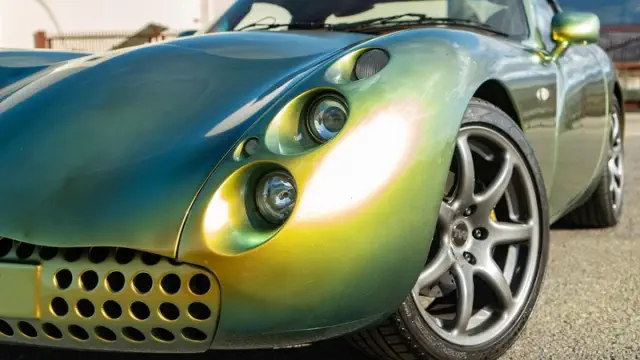
2025-04-17
You Can Now Legally Bring Into the Country One of the Most Ferocious Sports Cars Ever Produced
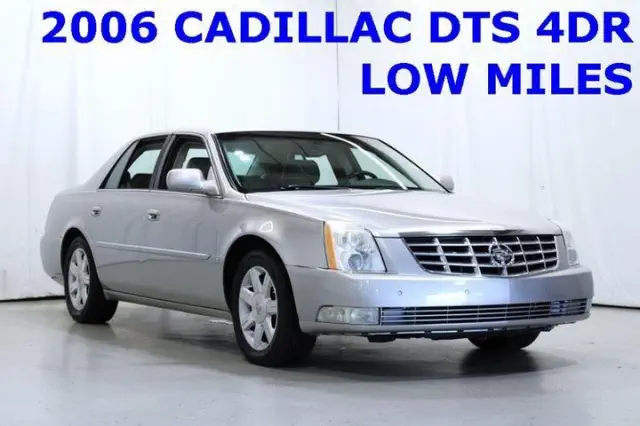
2025-04-17
2006 Cadillac DTS Base in Light Platinum
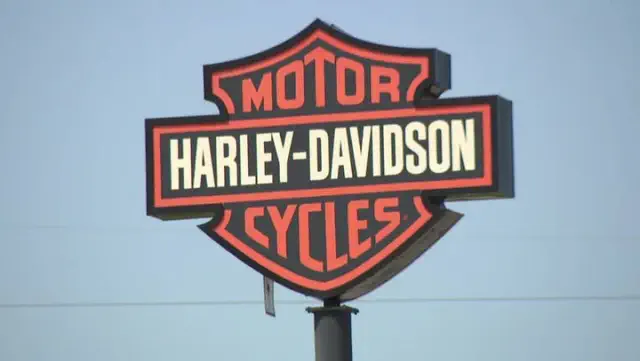
2025-04-17
Harley-Davidson Homecoming features headliners Chris Stapleton and Hank Williams Jr.
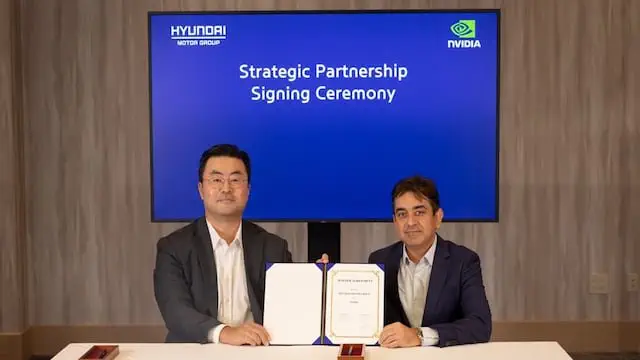
2025-04-17
Hyundai collaborates with Nvidia to enhance artificial intelligence in autonomous vehicles and industrial robots.
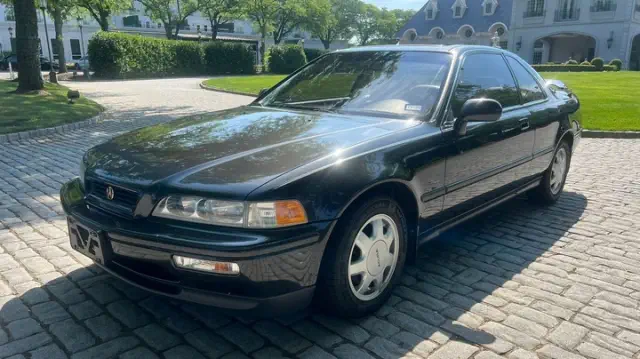
2025-04-17
AutoHunter Spotlight: 1991 Acura Legend L
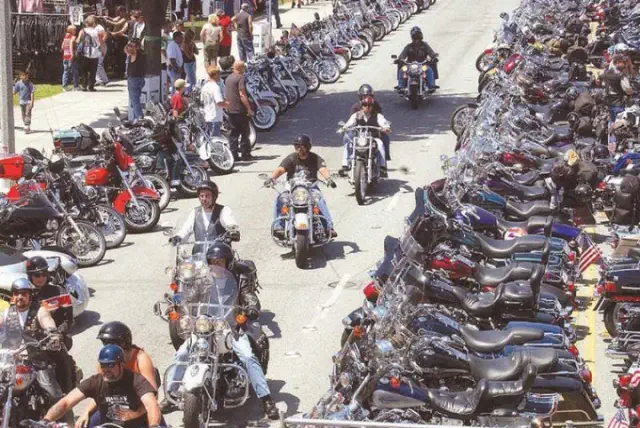
2025-04-17
Hollister approves the return of the biker rally.

2025-04-17
BMW is discontinuing that unusual feature you probably never utilized.
Newsletter
Get life tips delivered directly to your inbox!
